
MSU Students Shine at UURAF With Award-Winning Research on Health, Heritage and Equity
On Friday, April 11, the 27th annual University Undergraduate Research and Arts Forum was held at the Jack Breslin Student Events Center. UURAF provides hundreds of Michigan State University students the opportunity to present their completed or in-progress research to faculty, staff and external audiences.

New MSU Research Shows Stronger Communication Results in Stronger Construction
When it comes to constructing complex buildings that involve architects, engineers and construction professionals, it’s not just engineering that matters, it’s also how people talk to each other. New interdisciplinary research from Michigan State University found that better team communication and collaboration can dramatically improve the performance of large-scale construction projects.
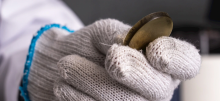
Rooney Searches for Clues to Why Continents Break Apart
Millions of years ago, nearly all of Earth’s continents were fused together in one giant land mass called Pangea. That is, until tectonic forces split them apart in a phenomenon called continental rifting. Tyrone Rooney has spent his career solving the mystery of how rifting works.
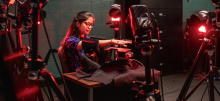
Spartans Are Creating Technologies for a Better World
Some of the most impactful technologies often aren’t the ones you see. They seamlessly make their way into our day, making life safer, healthier and more sustainable. At Michigan State University, a top 40 U.S. university for its number of utility patents, Spartan researchers are designing and delivering those very innovations.

Leaders and Partners Gather on Mackinac to Shape Innovation’s Future
Each year, Michigan’s top leaders gather on Mackinac Island for the Detroit Regional Chamber’s Policy Conference to address key issues shaping the state’s future. This year, Michigan State University hosted a panel highlighting how federal research funding fuels breakthroughs, from improving pancreatic cancer survival rates to addressing crises like the Flint Water Crisis.
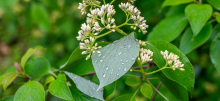
May Research at MSU
May is a time of celebration and reflection at MSU. As graduation season ends, we honor students’ achievements and recognize women in leadership. From inspiring faculty to student voices and cultural legacies, these stories reflect the resilience and creativity of the Spartan community.
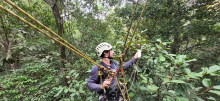
Amazon Trees Under Stress: New Research Uncovers How Forest Giants Respond to Light and Heat
The study, led by doctoral candidate Leonardo Ziccardi with professor Scott C Stark in the MSU Department of Forestry, shows how tropical trees act like giant solar antennas—absorbing vast quantities of light energy that must be carefully managed.

Too Much of a Good Thing: Consequences of Overplanting Bt Corn in the US
A new study from Michigan State University shows that planting too much genetically modified corn designed to fight off a tough insect — the corn rootworm — especially in the eastern U.S. Corn Belt states may be causing more harm than good.

ROSE Program Cuts Rates of Postpartum Depression in Half While Saving Money
Nearly 1 in 8 women in the U.S. experience postpartum depression (PPD), which is linked to higher rates of substance abuse, domestic violence, infant mortality, and even suicide. Research shows PPD can be reduced by 50% cost-effectively, but looming NIH funding cuts threaten this progress.
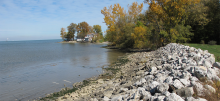
MSU Researcher Joins Agricultural Resiliency Program to Boost Michigan’s Water Quality
Michigan’s proximity to the Great Lakes provides access to roughly 20% of the world’s surface fresh water. From agriculture to tourism, water is a key driver of the state’s economy and the well-being of its residents. It has prompted Michigan State University, alongside statewide partners, to invest in bringing some of the leading water researchers to Michigan.
